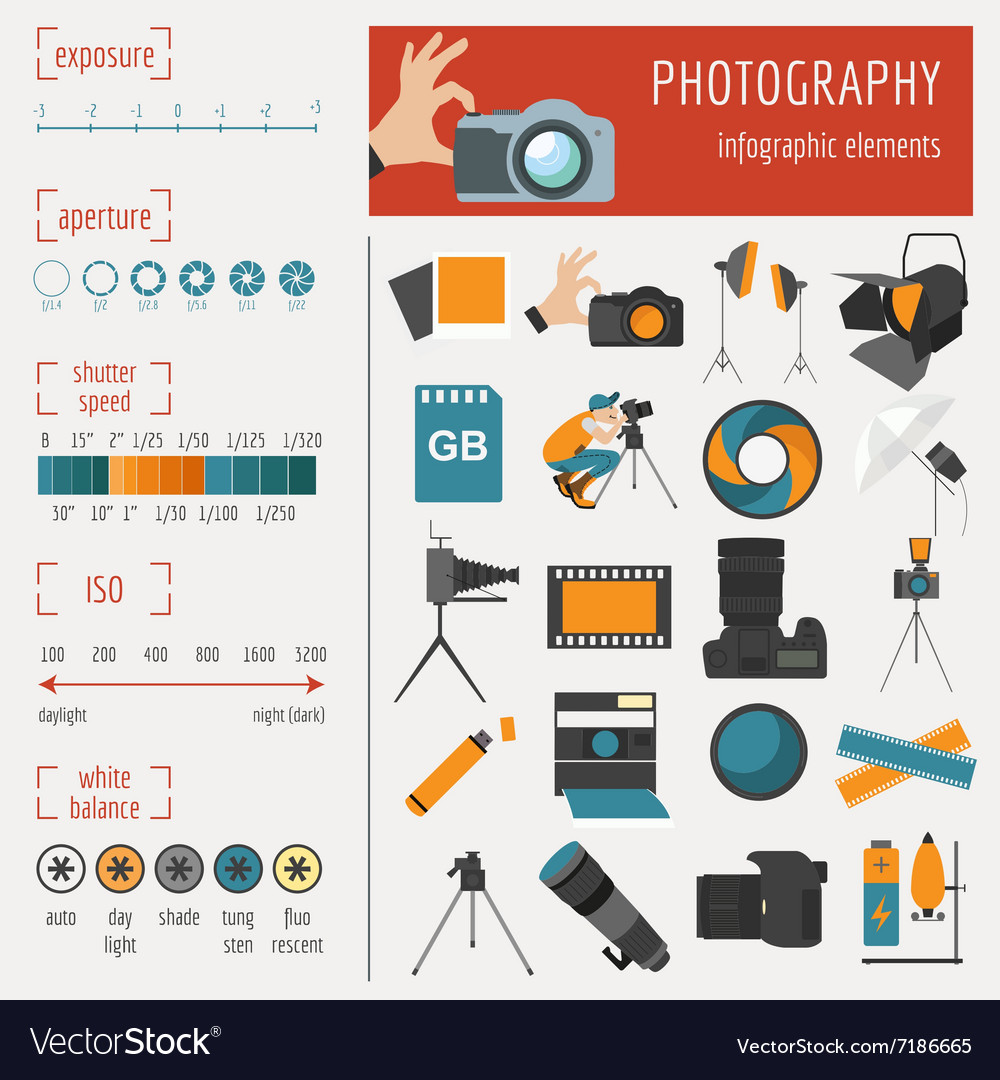Join Us To Uncover Crucial Photography Suggestions That Will Unlock Your Video Camera'S Possibility-- Prepare To Catch Stunning Photos In No Time At All!
Join Us To Uncover Crucial Photography Suggestions That Will Unlock Your Video Camera'S Possibility-- Prepare To Catch Stunning Photos In No Time At All!
Blog Article
Web Content By-Weber Bryant
When you first get your electronic camera, it can really feel overwhelming with all the setups and options readily available. You may find yourself asking yourself how to navigate aperture, shutter speed, and ISO properly. Mastering these fundamentals is critical, however there's more to digital photography than simply technical knowledge. Recognizing you can try this out and lighting problems can boost your images considerably. So, what if you could learn basic strategies to improve your skills and begin capturing outstanding pictures quicker than you assume? Allow's discover just how to change your photography journey.
Comprehending Camera Settings
Recognizing your camera settings is vital for recording spectacular photos. When you pick up your video camera, acquaint yourself with the three main settings: aperture, shutter rate, and ISO. Each plays an essential function in exactly how your images end up.
Begin with aperture, which controls the quantity of light getting in the lens. A larger aperture (reduced f-number) allows more light and creates a gorgeous history blur, excellent for portraits. Conversely, a narrower aperture (higher f-number) keeps even more of the scene in emphasis, ideal for landscapes.
Next, concentrate on shutter speed. This setting identifies how long your camera's sensor is subjected to light. A rapid shutter rate ices up motion, which is terrific for activity shots, while a slow-moving shutter speed can create stunning effects like smooth water in landscapes.
Finally, change your ISO. This setting affects your cam's level of sensitivity to light. A greater ISO works in low-light scenarios however can introduce noise or grain. Aim for the most affordable ISO feasible while still attaining correct exposure.
Structure Strategies
When you're out shooting, make-up can make all the distinction in how your images reverberate with audiences. Begin by using related webpage of thirds; imagine your framework separated right into 9 equal areas with two straight and 2 vertical lines. Position key elements along these lines or at their junctions to develop equilibrium and passion.
Next off, consider leading lines. These all-natural lines in your scene, like roadways or rivers, attract the customer's eye right into the picture, leading them with the story you're telling.
Do not forget framing; use elements within your scene, like trees or home windows, to create a frame around your subject, including deepness and emphasis.
Likewise, watch on your history. A cluttered history can sidetrack from your primary subject, while a straightforward one helps it stand out.
Finally, trying out balance and patterns; they can create a striking picture that catches focus.
Mastering Lighting Conditions
Understanding lighting problems is crucial for recording sensational photos, as the best light can change an ordinary scene into something remarkable.
Start by observing natural light at different times of the day. Headshots for linkedin and late afternoons offer the most effective light, known as the golden hour. The soft, cozy tones throughout these times can enhance your images magnificently.
Don't shy away from cloudy days either; diffused light can reduce harsh darkness and produce a pleasing result, specifically for portraits.
Try out backlighting by placing your topic versus the light. This method can create a fanciful halo effect and include deepness to your images.
Take notice of your camera setups too. Change the ISO, aperture, and shutter rate to match the lighting conditions. A greater ISO can aid in reduced light, yet be cautious of grain.
Use a tripod in darker atmospheres to avoid blur.
Last but not least, do not neglect artificial lights. Flash and constant lights can be great tools for controlling light in difficult conditions.
Final thought
In conclusion, mastering your electronic camera does not have to be frustrating. By comprehending your setups, using structure methods, and using the power of all-natural light, you'll rapidly raise your digital photography abilities. Keep in mind, exercise makes perfect, so get out there and try out your newly found understanding. With time and commitment, you'll be catching spectacular images that show your distinct point of view. Appreciate the trip, and do not neglect to enjoy while you're at it!
